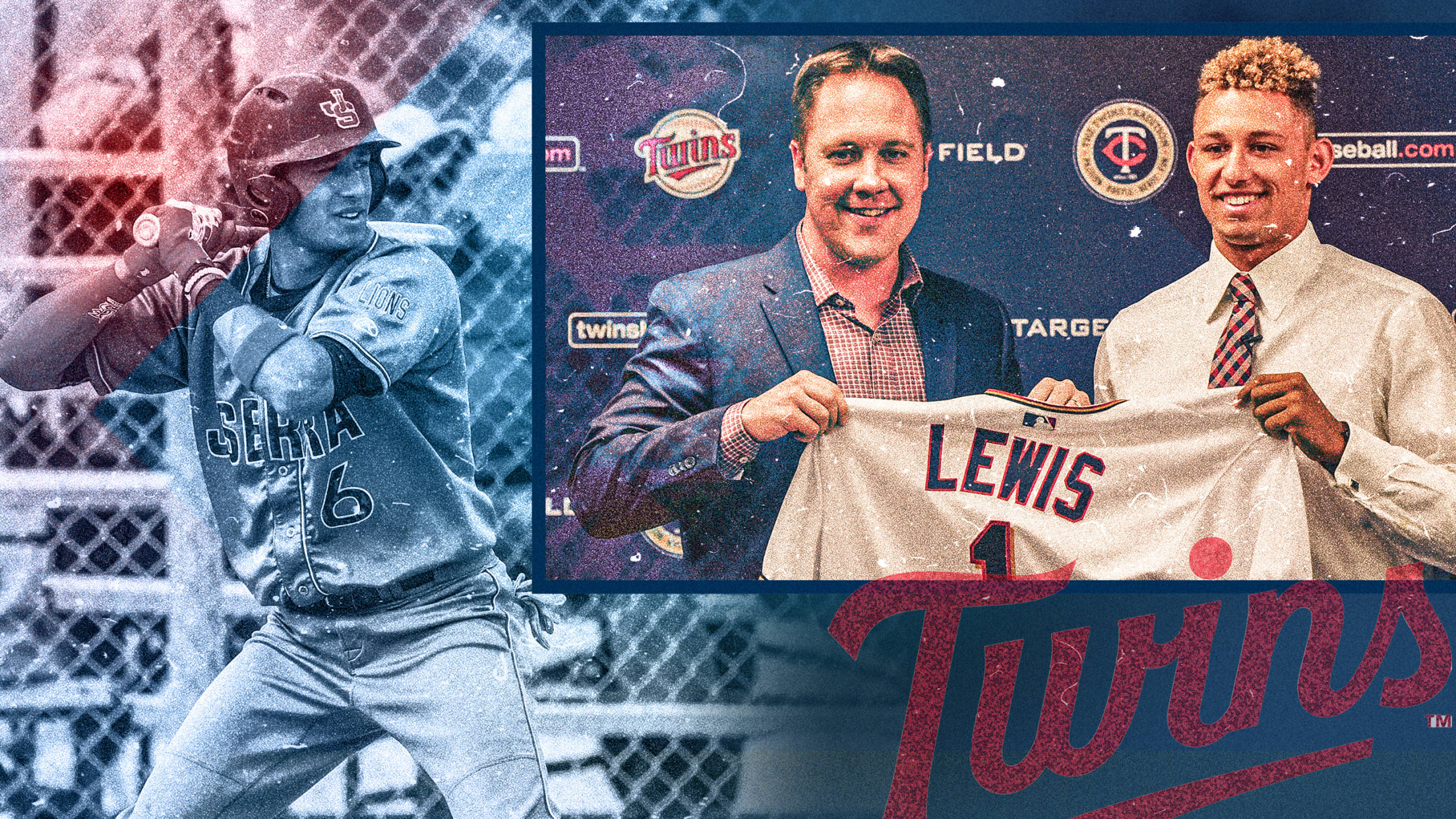
'I believe he's going to be a Hall of Famer': How the Twins landed Lewis

If things had gone differently on June 12, 2017, we might have been watching Royce Lewis in the brown and gold of the San Diego Padres this year. Or perhaps in the AL East, in Tampa Bay Rays blue and yellow. Or how about on a postseason run with the Atlanta Braves?
Thanks in part to the strong conviction from a longtime area scout, we’re instead getting to see Lewis suit up for the Minnesota Twins in the American League Division Series.
Lewis ended up being the No. 1 pick in the Draft that night, but it was by no means a slam dunk. A lot of different variables had to fall into place for the Twins to take the Southern California high schooler at the top of the first round.
Love at first sight for area scout
John Leavitt just finished his 30th year scouting for the Minnesota Twins, and he’s spent the last quarter-century serving as their area scout in Southern California. Area guys don’t really home in on a class until the summer before their Draft year. But when he did, serving as a coach and being in the dugout with Lewis during the Area Code Games in August 2016, he was all in.
“At the Area Codes, you couldn’t take your eyes off of him,” said Leavitt, who has signed other big leaguers like Aaron Hicks and Tyler Wells (both in the postseason with the Orioles). “He’s the best player, talent-wise, that I’ve ever scouted in the amateur world. He also has the best makeup of any player I’ve scouted in the amateur world, all wrapped up in the same person, which is incredible.
“I believe he’s going to be a Hall of Famer, and I’ve been saying that forever.”
Lewis’ athleticism, ability to soak up knowledge and ease of interactions with both teammates and coaches put him at the top of Leavitt’s list. A lot can happen between when an area scout puts in a strong summer report and decision time in June. Lewis did his part, building on the foundation of his summer showcase performances with an upward trajectory all spring in 2017.
“I think the thing that stood out every time we saw Royce was he was on this beautiful projection where he just kept getting a little bit better,” Twins scouting director Sean Johnson said. “Every time we saw him, he looked better. Things were coming together, his swing looked better.”
New leadership in Minnesota
Having the No. 1 pick, and getting it right, is stressful enough. Making things even more unusual, there was a lot of new leadership running the show.
In that fall of 2016, Thad Levine and Derek Falvey were brought in as a one-two punch to replace long-time general manager Terry Ryan. It was also Johnson’s first year as the scouting director.
“We were all new, I was new to the chair,” Johnson recalled. “So there was a lot of transitioning happening. So sure, no pressure at all felt that spring.”
It definitely helped that Johnson wasn’t new to the organization. Hired in 2002 as an area scout in the Four Corners, he moved to be the West Coast crosschecker after five years, handling those duties for a decade. He was then called to take over as scouting director when his mentor, Deron Johnson, was promoted to a senior advisor position.
I believe he’s going to be a Hall of Famer, and I’ve been saying that forever.
John Leavitt, 30-year scouting veteran
“It was a different setup, but we had our same group and we had the same corps of scouts,” Sean Johnson said. “So on that end, it seemed like business as usual, just a different group of people doing things [at the top]. That was the one advantage we had being in that situation.”
Another was his relationship with Leavitt. Johnson may have been wearing a different title, but he had been the area scout’s crosschecker for a decade. Their rapport went a long way in leading up to deciding who to take.
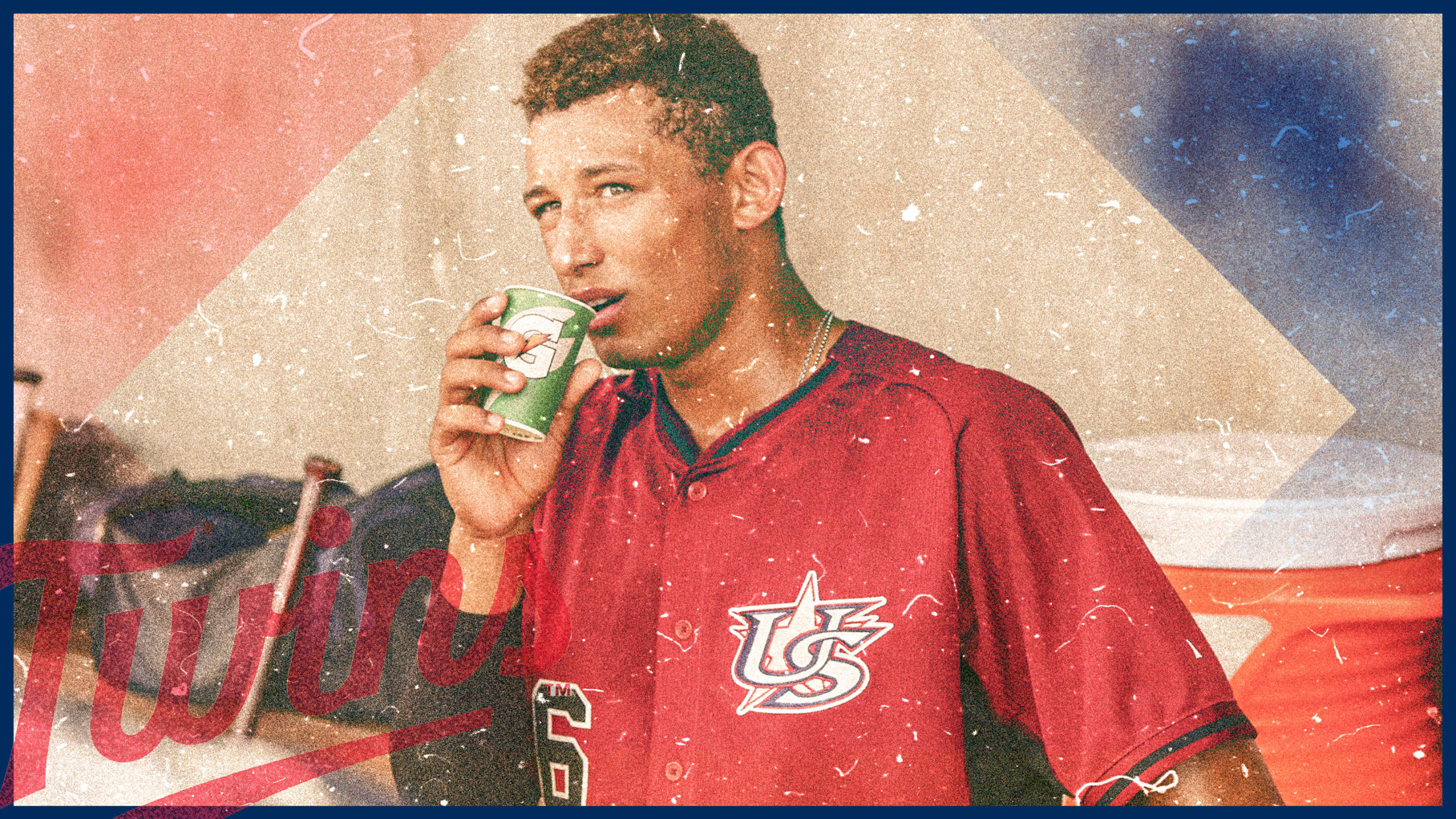
“Sean and I really trust each other, and love each other, as partners with the Twins plus as friends, people,” Leavitt said. “We don’t have to play that kind of game where I have to oversell somebody. He understands my vocabulary when I talk about players; I understand his.”
“The area scout is always the most important piece,” Johnson said. “Does the area scout believe in this player and what they will become? It makes it super easy to make the pick when you have that alignment from the area scout.
“I didn’t even have to ask John if he wanted to take Royce [as the Draft approached]. I knew eight months ago he wanted to take Royce.”
Other candidates to go No. 1
In a perfect world, the new management in Minnesota would have been faced with a no-brainer choice at the top of the Draft, like a Stephen Strasburg or Bryce Harper. But in 2017, there was no slam dunk. Royce Lewis wasn’t the only candidate being considered, with as many as five players in the Twins’ orbit as Draft day neared.
They stayed on Hunter Greene, who played high school ball not far from Lewis, until the very end. There were those in the Draft room who would have been happy for the Twins to become the first team to ever take a prep right-handed pitcher with the top pick. High school lefty MacKenzie Gore was scouted heavily throughout his season in North Carolina. On the college side, Brendan McKay, then a two-way player at Louisville, had a ton of interest, and Vanderbilt’s Kyle Wright remained in the picture.
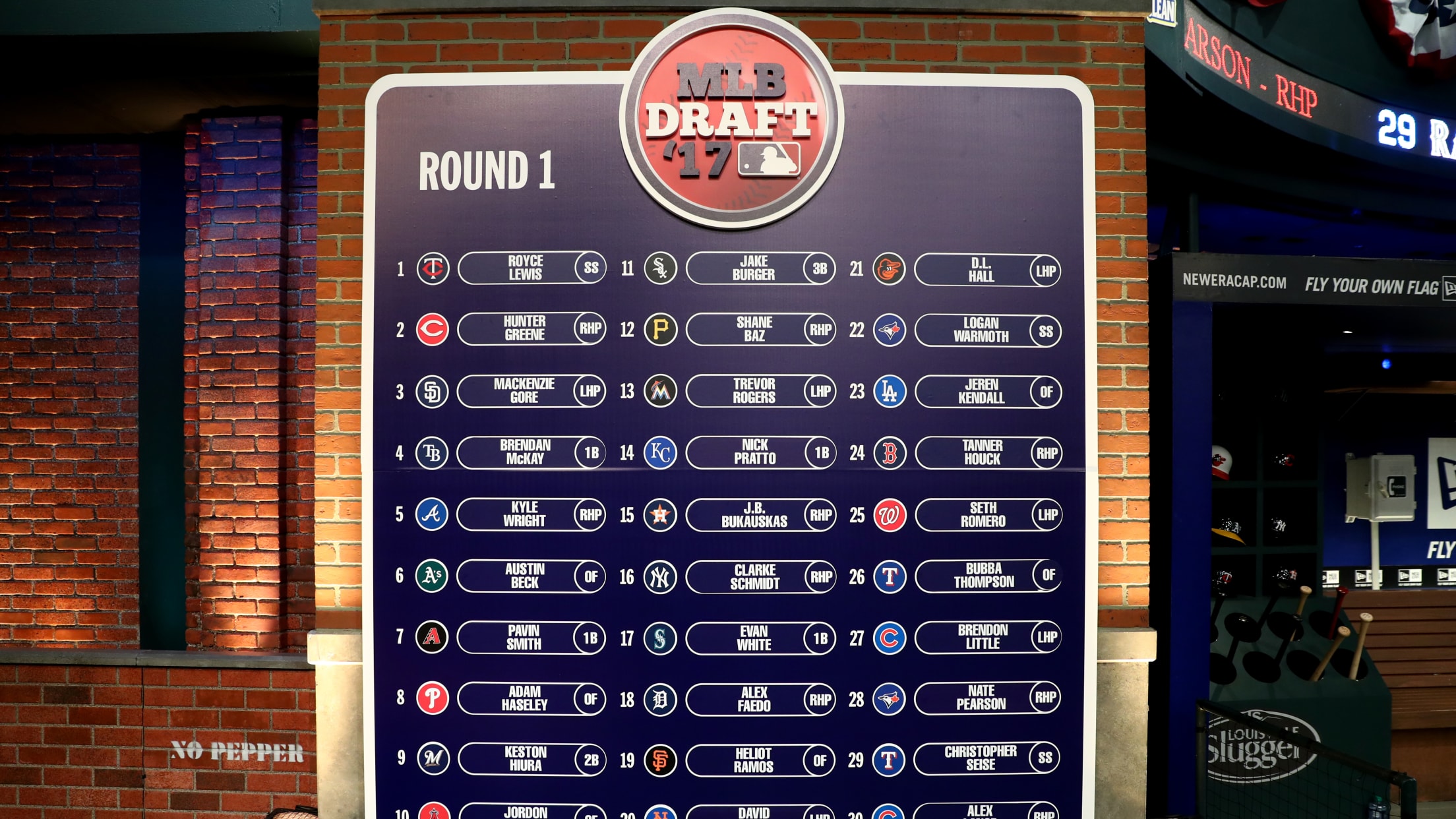
But no one was seen more than Lewis. Johnson believes they had around 16 different reports on him by June 12; Leavitt estimated 13 evaluators watched him at different times. That’s a moment of truth for an area scout: You have strength in your convictions, but if the crosscheckers, the scouting director, even the GM, don’t see what you see on any given day, hopes of getting your player selected can be dashed.
John Leavitt report on Royce Lewis: June 2017
High school right-handed-hitting SS w/ elite athleticism, life, and bounce to body. Excellent bat speed, advanced feel for game overall game. I believe he’ll be a mid-order bat fixture w/ impact tools, skills and makeup. He’ll have both positional and line up versatility. All-Star SS future potential.
Fortunately for Leavitt, every look from every scout corroborated his evaluation. Lewis was the one player Levine saw play that spring. What the GM sees can often be the most important, given who has to sign off on a top pick. And more than anything Lewis did on the field that day, Leavitt remembers the impression he made with Levine after the game.
“Thad, myself, Royce, his parents and his maternal grandparents were all there and we all had a conversation for about 15 minutes,” Leavitt recalled. “I remember walking with Thad to the car after we had this meeting. He was quiet, and Thad’s not quiet very often. I don’t remember exactly what he said, but it was something very positive, and it was all about his makeup. It was that this kid was special.”
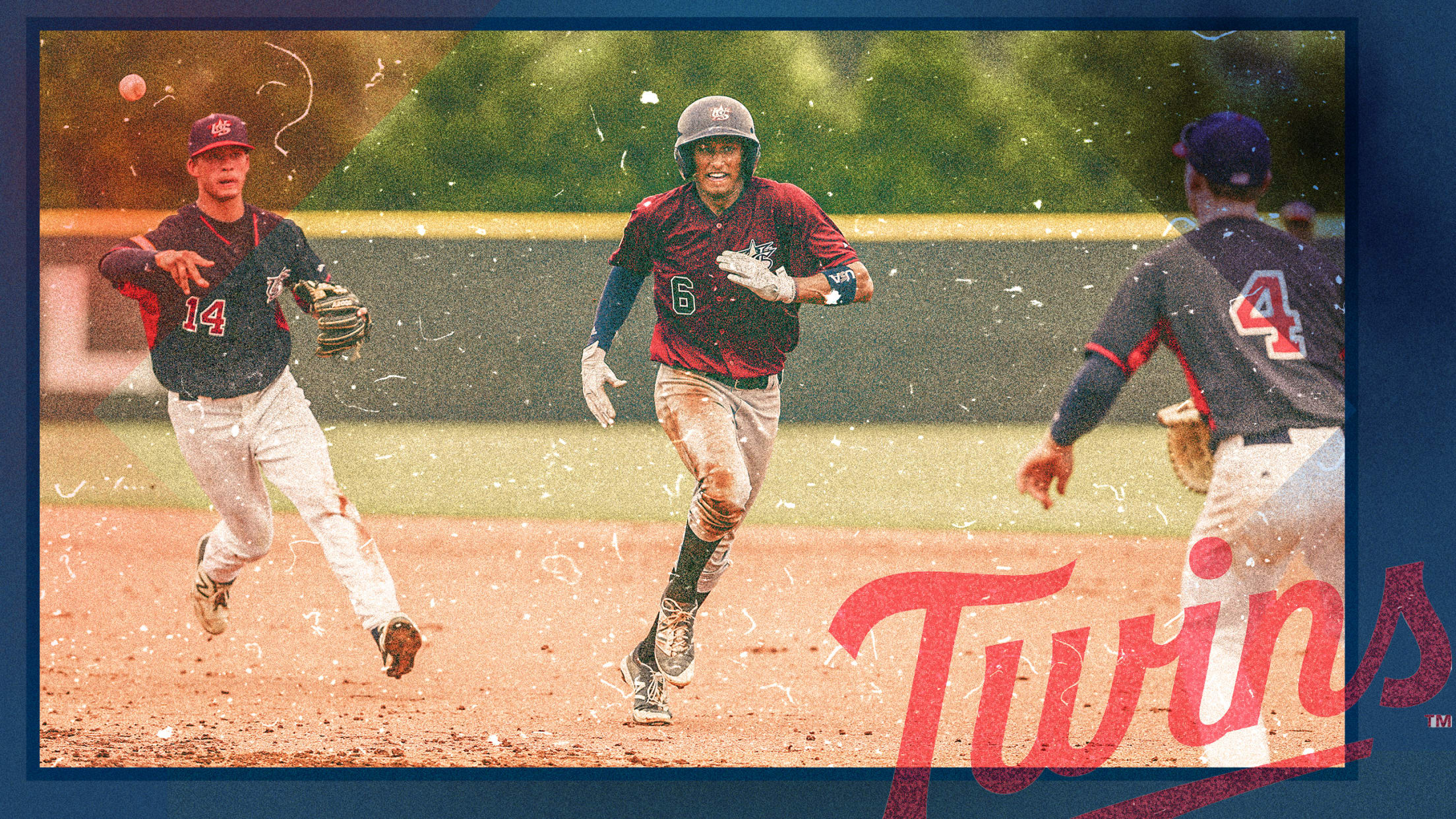
There were more hurdles to clear. Maybe that’s why the Twins never let on too much to Lewis that he was in their sights. Whatever the reason, he didn’t really know just how interested they were until right before the moment of truth. Most buzz was about the Twins wanting a pitcher, so Lewis thought it would be his friend Greene going in that top spot, if not one of the college arms.
“I remember meeting with the Twins every time, we always had a great time, I always thought everything went well, but I left thinking maybe they didn’t like me as much because they were so calm,” Lewis said. “They never tipped their hand that they were going to pick me.
“I actually thought about it. That might have been [coming from] a money perspective. They didn’t want to let my agent, Scott Boras, know, ‘I want your guy.’”
Financial considerations
As the Twins continued to work on that pool of until the 11th hour, bonus considerations came into play. Johnson said the only offer they made to any player was to Royce Lewis. But they also had a sense of what the other candidates might be willing to consider. The stars aligned and they were able to get the player most wanted while saving money, with Lewis agreeing to sign for about a million below slot value that year.
One might ask why a player so highly regarded would do that? In this case, Team Lewis might have had a good read on the landscape at the top of the Draft.
Had the Twins opted to go in another direction, the earliest Lewis would have gone would have been No. 3 to the Padres. There’s a strong likelihood, though, that if San Diego had both Lewis and MacKenzie Gore on the board, they would have stuck with the prep lefty they ended up taking. So Lewis could have gone to the Rays at four and he almost certainly wouldn’t have gotten past the Braves at five.
Slot value at No. 3 was $6.67 million. Lewis signed with the Twins for $6.73 million. Gore, also represented by Boras Corp, got an almost identical $6.7 million from the Padres while McKay and Wright, the college guys who went four and five, each signed for around $7 million.
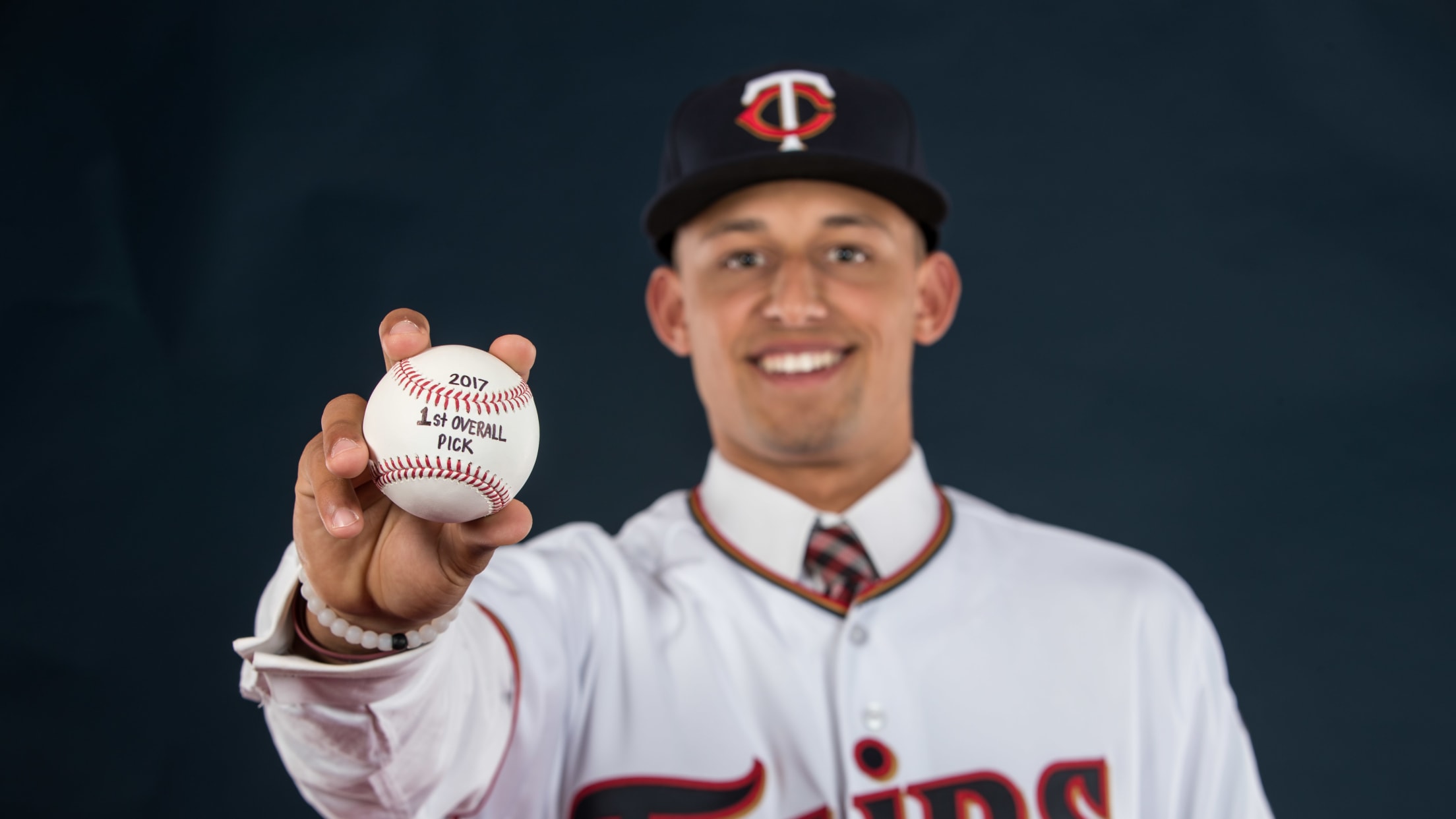
“I had no calls, only one from Scott that said, ‘I’m working on something special. You may need a winter coat,’” Lewis said. “We were thinking, ‘What teams need a winter coat? Atlanta’s hot…’ We were thinking past the Twins still. Not that my talent wasn’t there, we truly didn’t feel like they were super-excited to have me. Once I got drafted, they were screaming and yelling more than we were. They clearly thought the world of me.”
Fast forward
The Twins were confident Lewis’ skills would play at the next level. And with all that talk about his makeup, they knew he could handle the spotlight that comes with being the top pick in a Draft. What they didn’t know is just how much his character would be tested by injury as he worked through not one, but two torn ACLs, always managing to stay positive and somehow perform well the second he was given the go-ahead to return to competition.
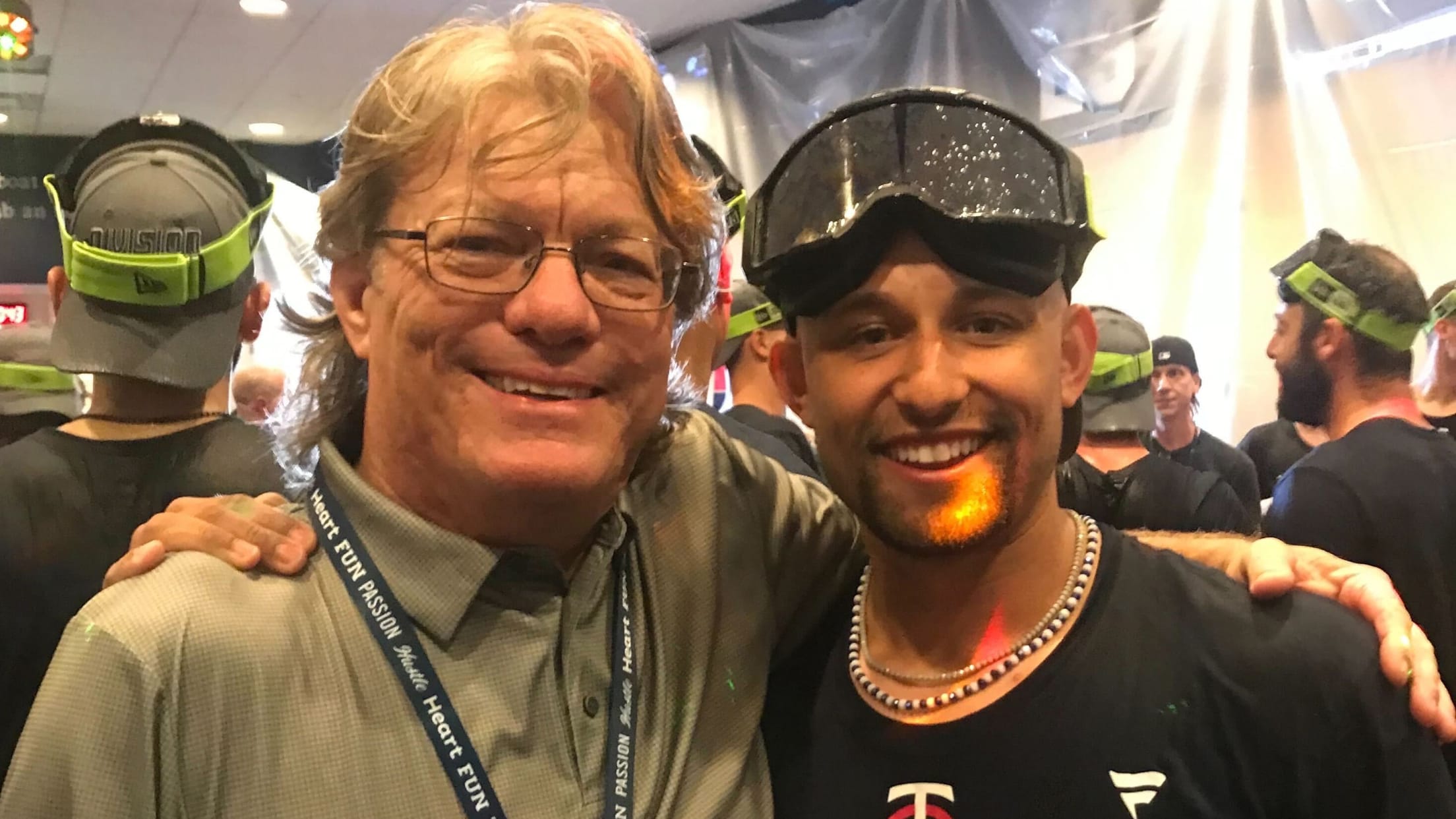
Even after missing two weeks with a hamstring issue, Lewis came right back to action in the Wild Card Series. Not 100 percent and serving as the team’s designated hitter, Lewis’ first two postseason swings resulted in home runs, and he’s added one in the Division Series as well. His biggest fans might still be the scouts who brought him into the Twins family.
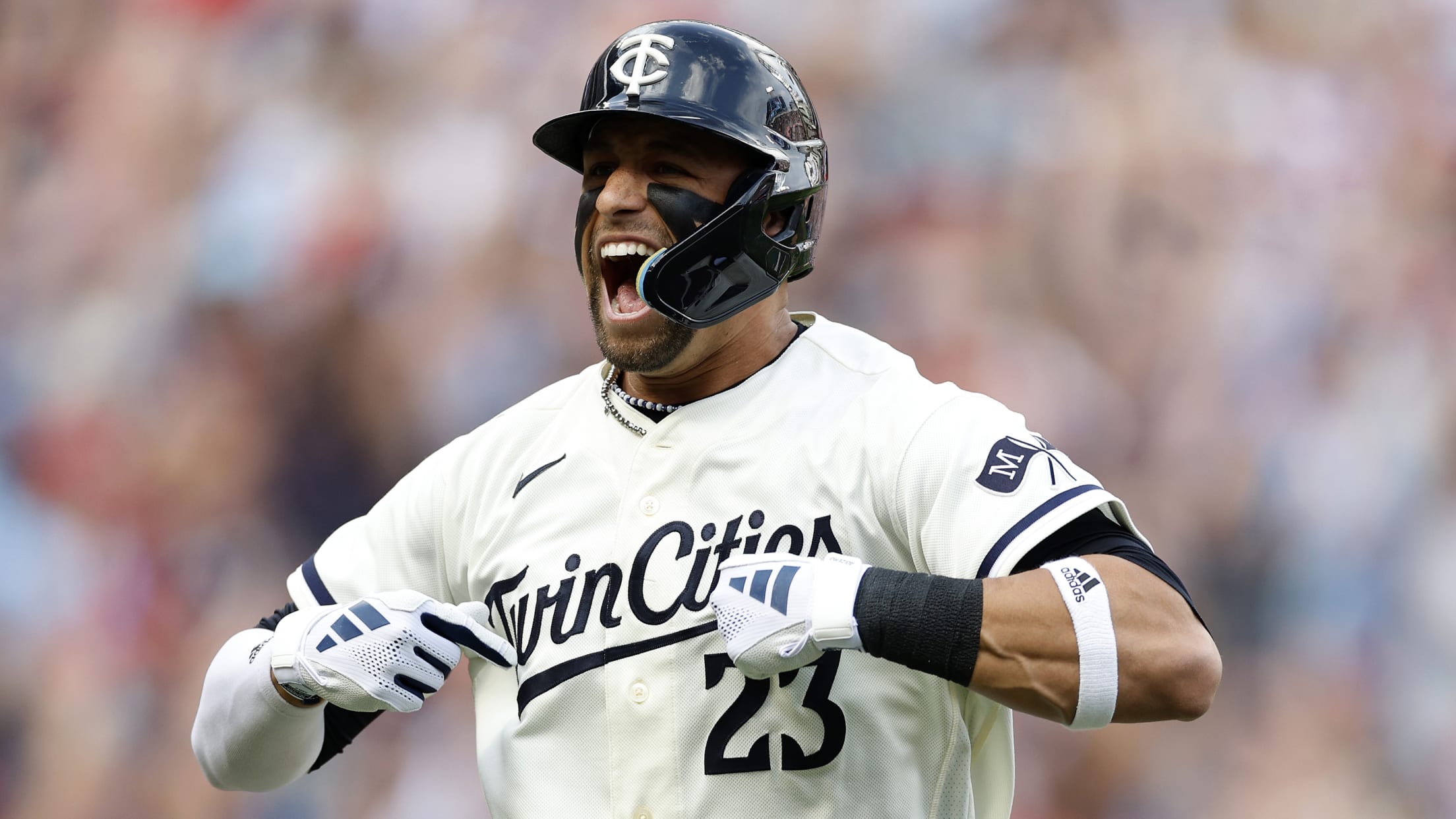
“It’s unbelievable,” Leavitt said. “It doesn’t surprise me, what he does and what he can do.”
“I'm speaking for a lot of people here, but the two swings he took on the home runs [in the Wild Card Series], I'll never forget for the rest of my life,” Johnson said. “You have these full circle moments in scouting where you go back to the first time you kind of saw him do something -- it can be BP or in a game or how he reacted to something and then to make the selection -- and then to see him do it in the playoffs and make it look fairly easy. It was such a joyful moment I'll never forget.”
